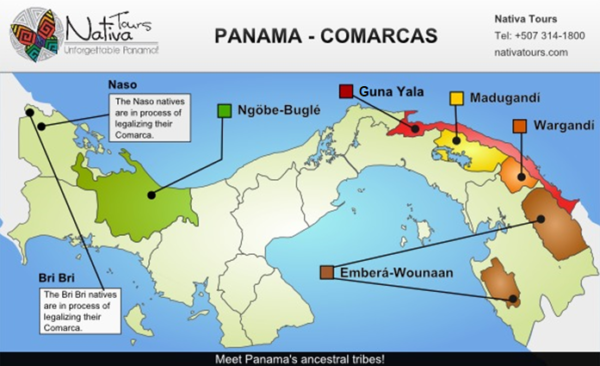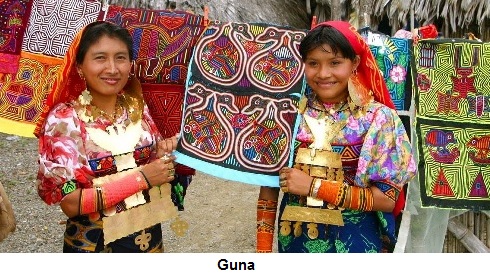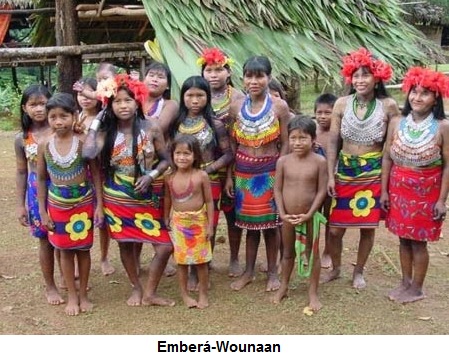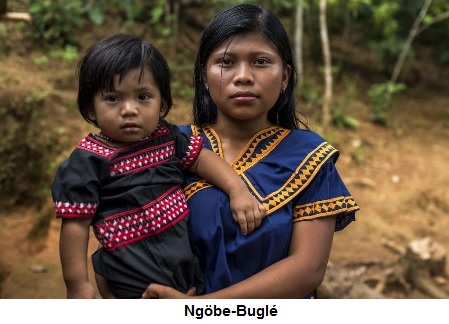
The Republic of Panama has an area of 75,517 km2. 22% of that territory is titled as indigenous property, that is, 16,751 km2. According to the 2010 census, the indigenous population is 318,059 people and represents 9.34% of the national population, who belong to 7 peoples: Guna, Emberá, Wounaan, Naso or Teribe, Ngobe, Buglé and Bribris.

The indigenous territories are known as Comarcas, three of which have the category of provinces (Guna Yala, Emberá-Wounaan, Ngöbe-Buglé) and concentrate 63% of the indigenous population; two others, smaller, have the category of townships (Guna de Madugandí and Guna de Wargandí).

Panama is a pioneer in Latin America in the recognition of indigenous territorial law.

From then on, the State established the policy of not creating more regions. But several peoples do not have titled territories and continue to demand it: the Naso Tjerdi, Bri Bri peoples, fractions of the Emberá and Wounaan (in Darien, Alto Bayano and Chimán) and the Guna of Dakarkunyala. Current laws recognize the right to territory and governance of indigenous peoples and establish that collective lands in the regions are unattachable and imprescriptible.